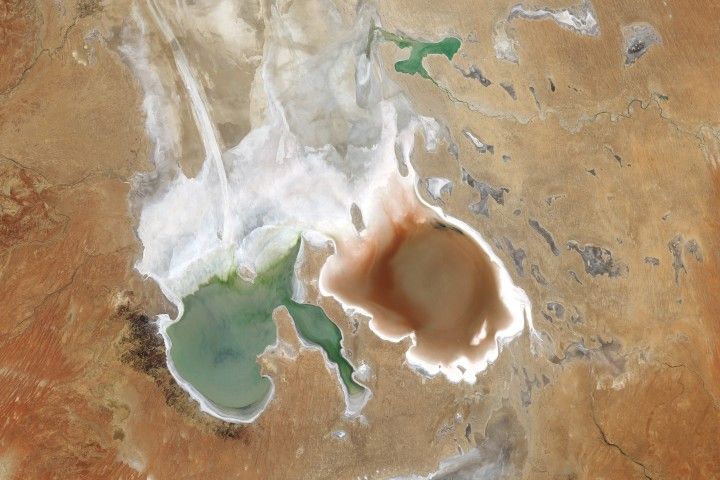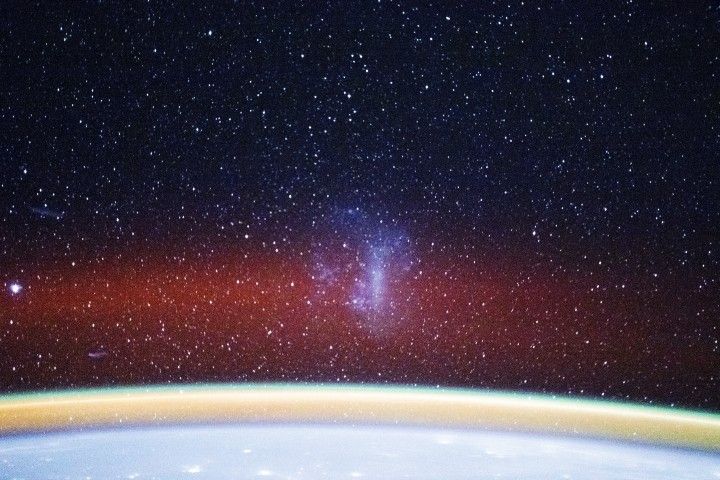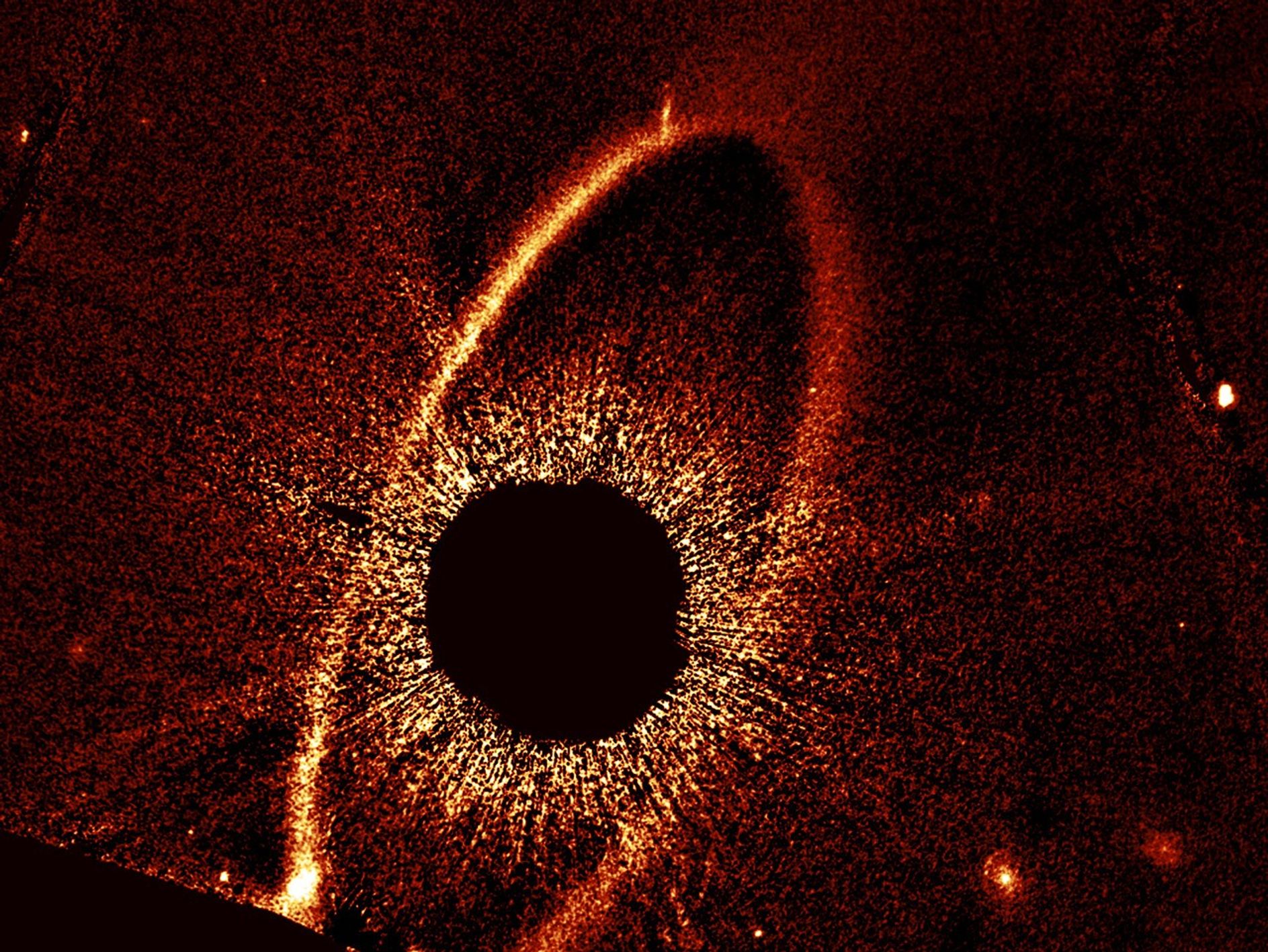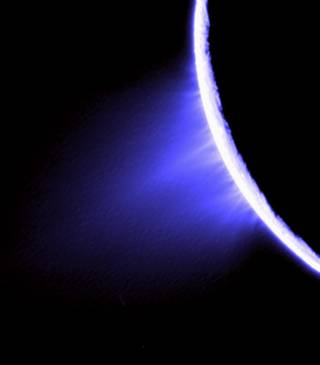One day, perhaps in the not-too-distant future, a faraway planet could yield hints that it might host some form of life – but surrender its secrets reluctantly.
Our space telescopes might detect a mixture of gases in its atmosphere that resembles our own. Computer models would offer predictions about the planet’s life-bearing potential. Experts would debate whether the evidence made a strong case for the presence of life, or try to find still more evidence to support such a groundbreaking interpretation.
“We are in the beginning of a golden era right now,” said Ravi Kopparapu, a scientist at NASA’s Goddard Space Flight Center in Greenbelt, Maryland, who studies habitable planets. “For the first time in the history of civilization we might be able to answer the question: Is there life beyond Earth?”
For exoplanets – planets around other stars – that era opens with NASA’s James Webb Space Telescope. Instruments aboard the spacecraft are detecting the composition of atmospheres on exoplanets. As the power of telescopes increases in the years ahead, future advanced instruments could capture possible signs of life – “biosignatures” – from a planet light-years away.
Within our solar system, the Perseverance rover on Mars is gathering rock samples for eventual return to Earth, so scientists can probe them for signs of life. And the coming Europa Clipper mission will visit an icy moon of Jupiter. Its goal: to determine whether conditions on that moon would allow life to thrive in its global ocean, buried beneath a global ice shell.
But any hints of life beyond Earth would come with another big question: How certain could any scientific conclusions really be?
“The challenge is deciding what is life – when to say, ‘I found it,’” said Laurie Barge of the Origins and Habitability Lab at NASA’s Jet Propulsion Laboratory in Southern California.
With so much unknown about what even constitutes a “sign of life,” astrobiologists are working on a new framework to understand the strength of the evidence. A sample framework, proposed in 2021, includes a scale ranging from 1 to 7, with hints of other life at level 1, to increasingly substantial evidence, all the way to certainty of life elsewhere at level 7. This framework, which is being discussed and revised, acknowledges that scientific exploration in the search for life is a twisted, winding road, rather than a straightforward path.
And identifying definitive signs remains difficult enough for “life as we know it.” Even more uncertain would be finding evidence of life as we don’t know it, made of unfamiliar molecular combinations or based on a solvent other than water.
Still, as the search for life begins in earnest, among the planets in our own solar system as well as far distant systems known only by their light, NASA scientists and their partners around the world have some ideas that serve as starting points.
Life That Evolves
First, there’s NASA’s less-than-formal, non-binding but still helpful working definition of life: “A self-sustaining chemical system capable of Darwinian evolution.” Charles Darwin famously described evolution by natural selection, with characteristics preserved across generations leading to changes in organisms over time.
Derived in the 1990s by a NASA exobiology working group, the definition is not used to design missions or research projects. It does help to set expectations, and to focus debate on the critical issues around another thorny question: When does non-life become life?
“Biology is chemistry with history,” says Gerald Joyce, one of the members of the working group that helped create the NASA definition and now a research professor at the Salk Institute in La Jolla, California.
That means history recorded by the chemistry itself – in our case, inscribed in our DNA, which encodes genetic data that can be translated into the structures and physical processes that make up our bodies.
The DNA record must be robust, complex, self-replicating and open-ended, Joyce suggests, to endure and adapt over billions of years.
“That would be a smoking gun: evidence for information having been recorded in molecules,” Joyce said.
Such a molecule from another world in our solar system, whether DNA, RNA or something else, might turn up in a sample from Mars, say from the Mars sample-return mission now being planned by NASA.
Or it might be found among the “ocean worlds” in the outer solar system – Jupiter’s moon, Europa, Saturn’s Enceladus or one of the other moons of gas giants that hide vast oceans beneath shells of ice.
We can’t obtain samples of such information-bearing molecules from planets beyond our solar system, since they are so far away that it would take tens of thousands of years to travel there even in the fastest spaceships ever built. Instead, we’ll have to rely on remote detection of potential biosignatures, measuring the types and quantities of gases in exoplanet atmospheres to try to determine whether they were generated by life-forms. That likely will require deeper knowledge of what life needs to get its start – and to persist long enough to be detected.
A Place Where Life Emerges
There is no true consensus on a list of requirements for life, whether in our solar system or the stars beyond. But Joyce, who researches life’s origin and development, suggests a few likely “must-haves.”
Topping the list is liquid water. Despite a broad spectrum of environmental conditions inhabited by living things on Earth, all life on the planet seems to require it. Liquid water provides a medium for the chemical components of life to persist over time and come together for reactions, in a way that air or the surface of a rock don’t do as well.
Also essential: an energy source, both for chemical reactions that produce structures and to create “order” against the universal tendency toward “disorder” – also known as entropy.
An imbalance in atmospheric gases also might offer a tell-tale sign of the presence of life.
“In Earth’s atmosphere, oxygen and methane are highly reactive with each other,” Kopparapu said. Left to themselves, they would quickly cancel each other out.
“They should not be seen together,” he said. “So why are we seeing methane, why are we seeing oxygen? Something must be constantly replenishing these compounds.”
On Earth, that “something” is life, pumping more of each into the atmosphere and keeping it out of balance. Such an imbalance, in these compounds or others, could be detected on a distant exoplanet, suggesting the presence of a living biosphere. But scientists also will have to rule out geological processes like volcanic or hydrothermal activity that could generate molecules that we might otherwise associate with life.
Careful laboratory work and precision modeling of possible exoplanet atmospheres will be needed to tell the difference.
Going Through Changes
Barge also places high on the list the idea of “gradients,” or changes that occur over time and distance, like wet to dry, hot to cold, and many other possible environments. Gradients create places for energy to go, changing along the way and generating molecules or chemical systems that later might be incorporated into life-forms.
Plate tectonics on Earth, and the cycling of gases like carbon dioxide – buried beneath Earth’s crust by subduction, perhaps, or released back into the atmosphere by volcanoes – represent one kind of gradient.
Barge’s specialty, the chemistry of hydrothermal vents on the ocean floor billions of years ago, is another. It’s one possible pathway to have created a kind of primitive metabolism – the translation of organic compounds into energy – as a potential precursor to true life-forms.
“What gradients existed before life?” she asks. “If life depends so much on gradients, could the origin of life also have benefited from these gradients?”
Clearer mapping of possible pathways to life ultimately could inform the design of future space telescopes, tasked with parsing the gases in the atmospheres of potentially habitable exoplanets.
“If we want to be sure it’s coming from biology, we have to not only look for gases; we have to look at how it’s being emitted from the planet, if it’s emitted in the right quantities, in the right way,” Kopparapu said. “With future telescopes, we’ll be more confident because they’ll be designed to look for life on other planets.”




































